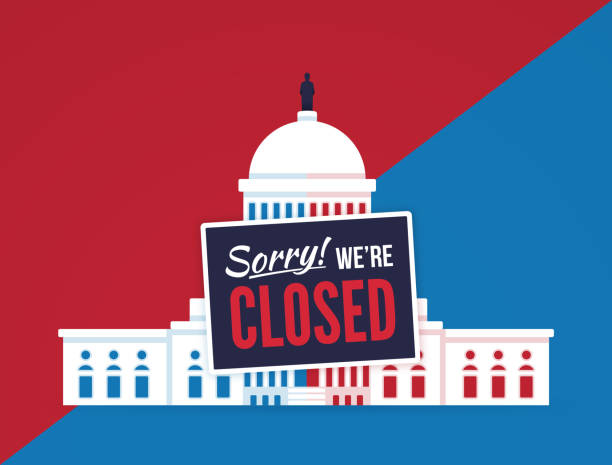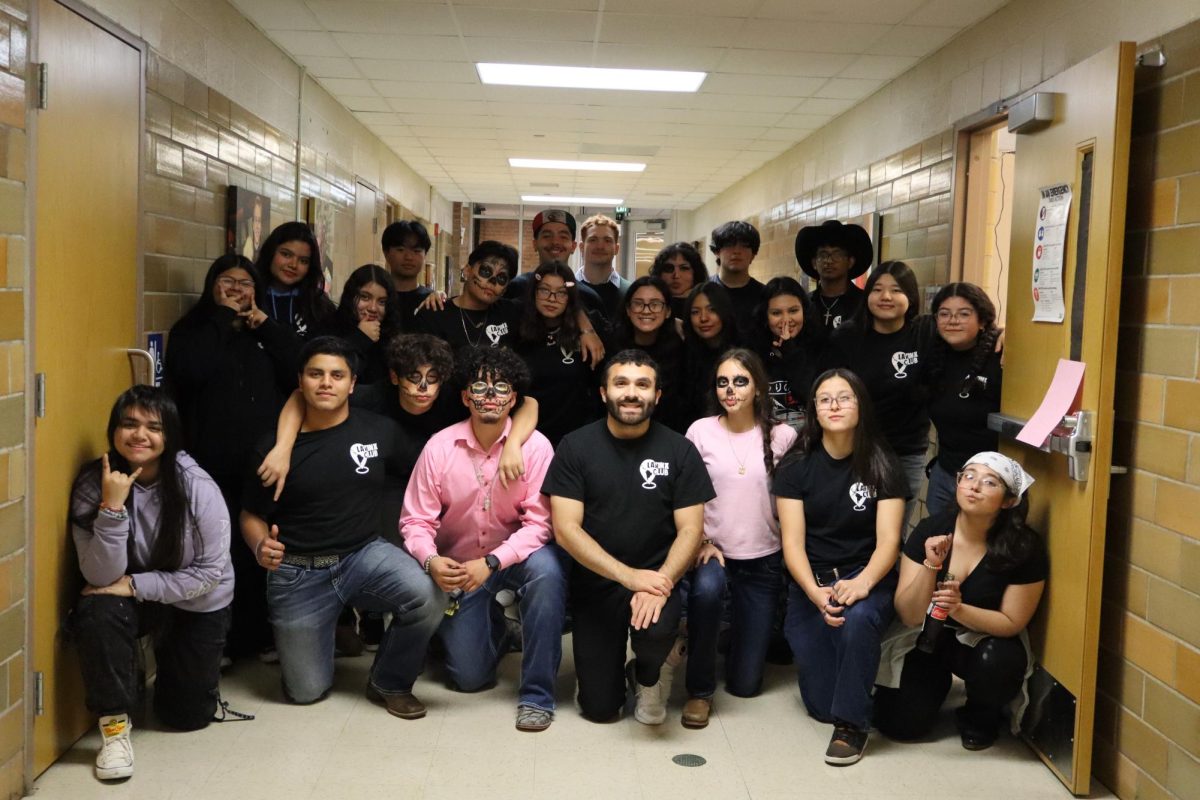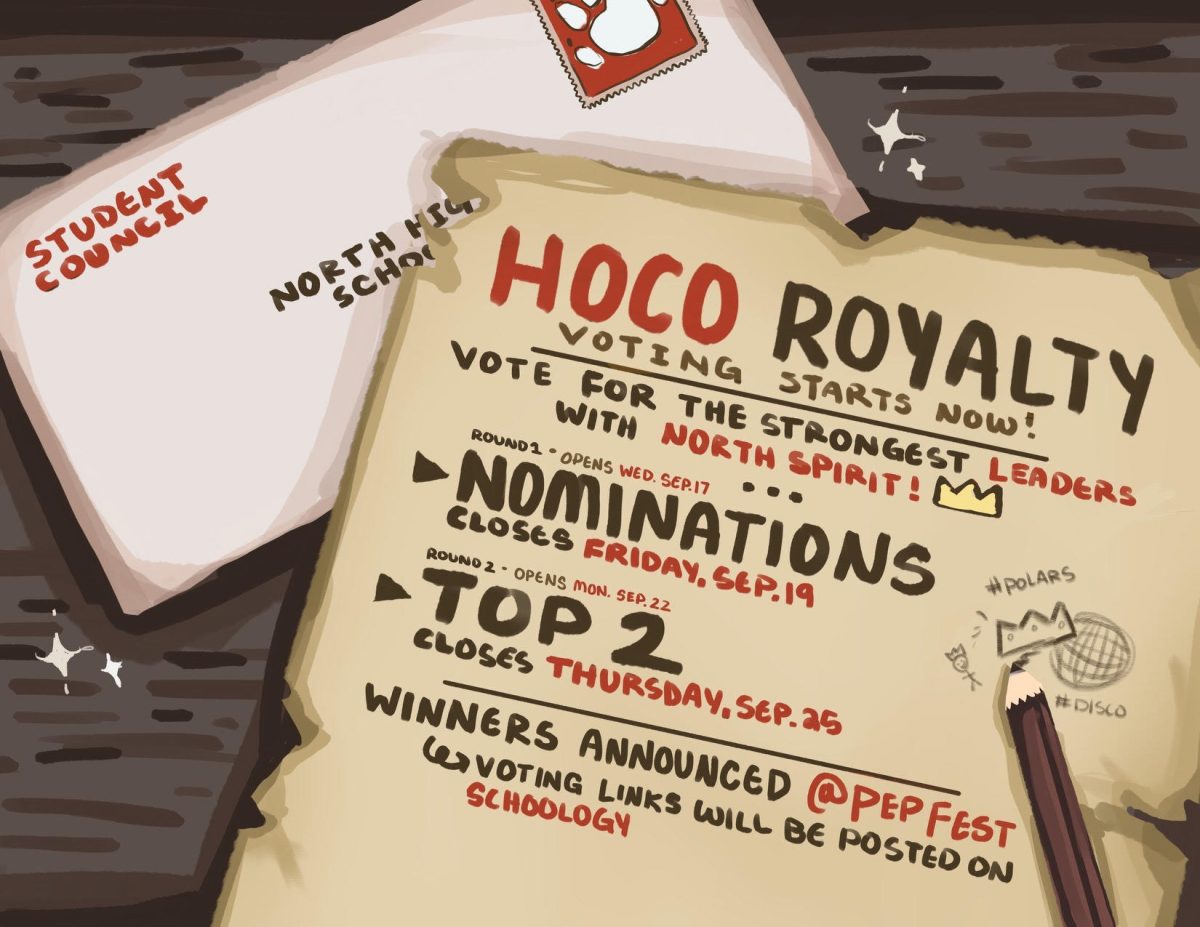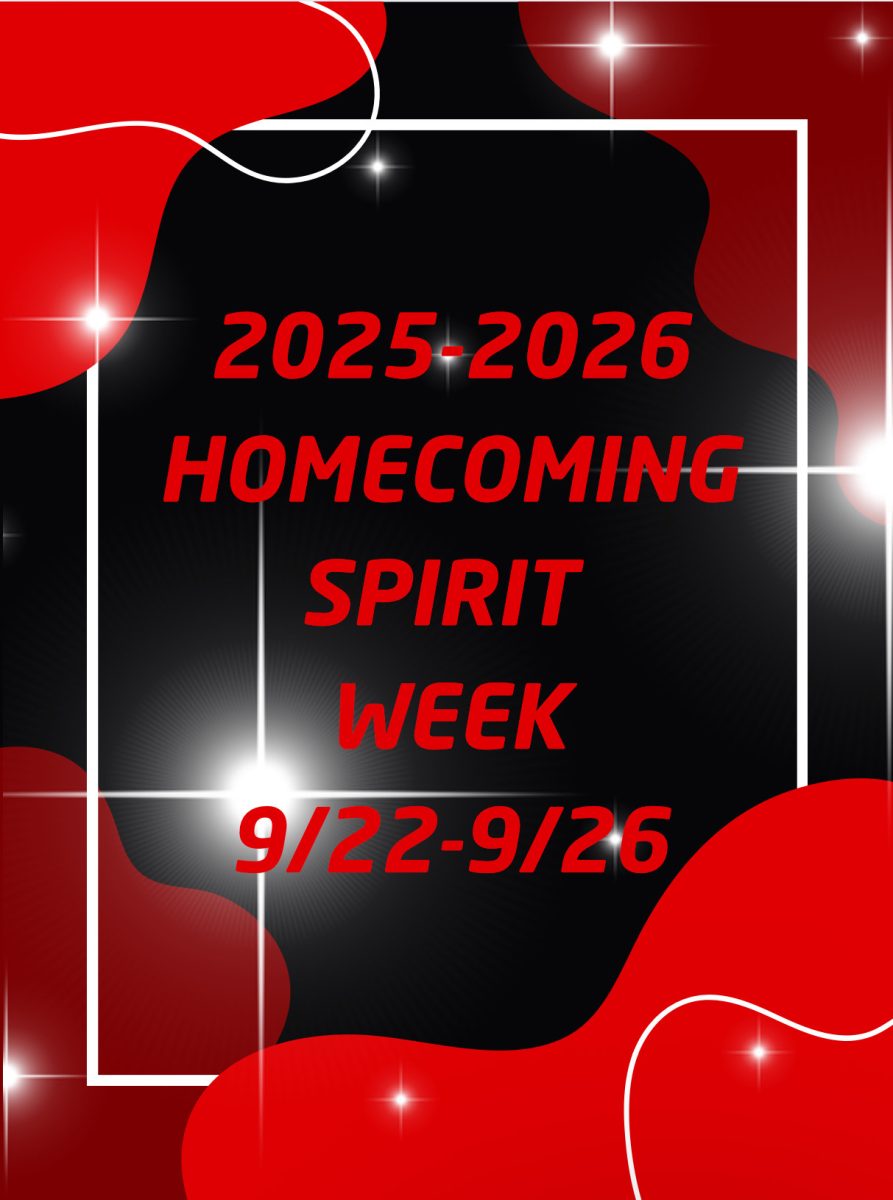
58,982 Indigenous people live in Minnesota – just 1.1% of the state’s total population of 5.7 million. But, shockingly, we account for 11.2% of the state’s open missing person cases; of the 53,790 people currently missing in Minnesota, 4,761 of those people are Indigenous.
These terrible numbers don’t even reveal the true extent of this problem: data collected on missing persons is incomplete, especially the further back in time we go. Minnesota has only been tracking the race and gender of missing persons since 2019, so there is no real way to determine the number of missing Indigenous people before that time. Also complicating this issue is that the public can only access missing persons’ data from 2018.
Further on this, the United States has stated that in all 50 states there are roughly 4,200 missing Indigenous people total. This is not true because in Minnesota alone we have 4,761 missing Indigenous people. Is this to say that only Minnesota has missing Indigenous people? Or is this to say that Indigenous people aren’t worth counting?
If I were to go state by state and collect all the data, I would find there are well over the 4,200 missing Indigenous people the U.S. is claiming is all we have. If that’s what it takes to keep the U.S. accountable, then I’ll do it.
By combining all the numbers, there would be 6,481 missing Indigenous people across the U.S., but that’s with the numbers that are provided, not counting the ones that are likely left out of the count.
28 states had less than 10 Indigenous people listed as missing, 14 had less than 100 reported missing, and only 8 states had over 100 missing Indigenous people in their databases. 13 of the 18 states with 10 or fewer missing Indigenous people had it marked down that they had zero missing Indigenous people.
According to 299C.53–Missing Persons Report; Duties of Commissioner and Law Enforcement Agencies–the state is supposed to issue a missing persons report to the community immediately. These are people’s family members, and they deserve to be remembered, no matter how long ago they went missing. This goes for all people, not just Indigenous communities.
The horror of all this is that we’ll never get an exact number of people who are missing because some data is overlooked and never entered into the database. This is true for all states, not just Minnesota, which is awful to think about. No matter where you live in the United States, just because of your ethnicity, your case is automatically deemed less important.
On a slight note, I would like to point out that it’s not just Indigenous people who have disproportionate numbers. African Americans make up 388,789 of Minnesota’s population and have 20,373 missing people. Asian people make up 289,148 of Minnesota’s population and there are 1,664 missing people in their communities. To add to this, Hispanic people aren’t even on the database to begin with, and they make up 345,640 of Minnesota’s population. 4.7 million white people live in MN, and there are 24,064 missing people in their community.
These numbers are horrifying for many reasons. The largest reason is that it would be more likely for a white person to go missing because there are more white people than people of color COMBINED, but this isn’t the case. It’s reversed.
I asked the Minnesota Bureau of Criminal Activity Public Relations Representative, Jill Oliveria, via Email, to comment on this, and here’s what she had to say.
When asked what the Bureau of Criminal Apprehension (BCA) is doing to lower the numbers of missing Indigenous people, she stated that the BCA doesn’t have jurisdiction over missing persons cases and that they only offer support to local law enforcement to help find these people. That leads me to another question though, if the BCA has the tools to bring these people home, why don’t they?
I also asked Oliveria what people in the Indigenous community can do to lower our rate of disappearance. She said we needed to “Establish safety nets within communities so that people who choose to leave always have a safe and trusted place to go.” But what about the people with no one left to turn to? What about the homeless population? Are they just cast aside?
Oliveria didn’t offer insight into what people could do to prevent kidnapping. Kidnapping is a painfully common occurrence and is one of the main reasons people go missing. She only suggested that people be transparent with the police, sharing any information they know about the missing person.
Transparency with police is almost impossible for an Indigenous person, given the history of oppression of the Indigenous people in America by armed forces like the police. Even when people go to the police for help, they may be ignored or pushed aside. For example, I was almost kidnapped from the reservation I lived on at 3 years old and my mother had to beg for the police to listen to us and get our story. If my mother hadn’t been there I wouldn’t be here today writing this story.
I also tried asking the Minnesota Department of Justice Public Relations Representative, Amber Schindeldecker with the Indian Affairs Council to comment, and I was ignored twice.







